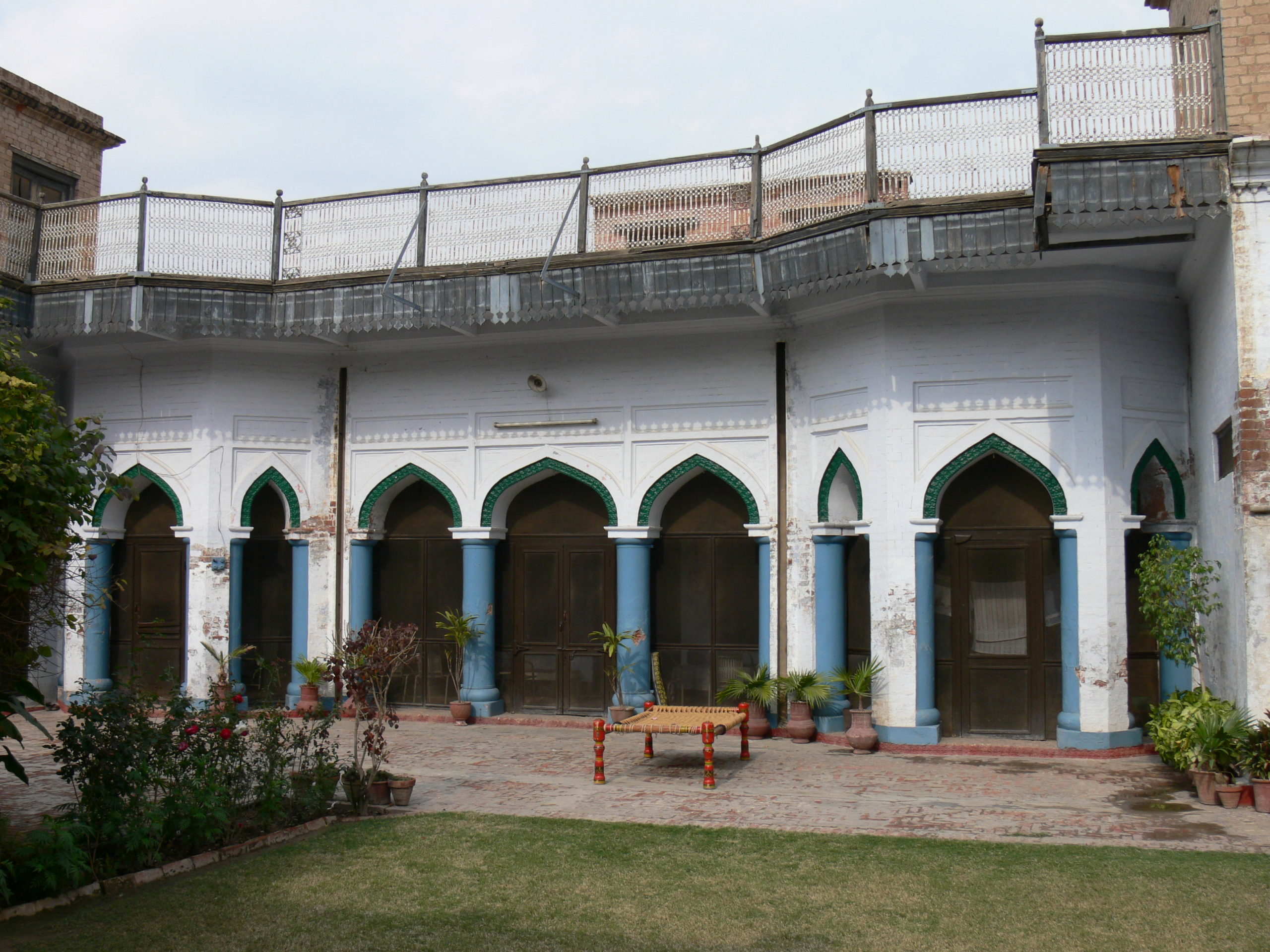
Kamalia (Urdu/Punjabi: کمالیہ) is a city in the Toba Tek Singh District of Punjab, Pakistan. It is the administrative center of Kamalia Tehsil.[2] It is the 67th largest city of Pakistan by population and having the nearest cities like Rajana, Chichawatni, Pir Mahal.
Location
Kamalia is bounded in the South by River Ravi and Chichawatni, in the West by Pir Mahal, in the North by Rajana and Mamu-Kanjan, and in the East by Harappa and Sahiwal.
History
Kamalia is said to be existing even before the Alexander the Great. The legend suggests that Alexander tried to invade and win the then walled city (with used to exist some prehistoric name) in the morning when the people of the city opened its gate for a morning walk! Then the city was attacked and captured. But the conqueror moved on to some other places. Since the neighboring city Harappa is also prehistoric (but ruins now), so, it seems that Kamalia must be part of an ancient civilization who remained untouched from the wrath of the nature which could otherwise cause extinction. The old buildings amidst the “Iqbal Bazar” at the vantage point of the city, tell the story of a then progressive era.
The 1947 Partition caused the Sikh and Hindu population to migrate from the area with many of their hidden items still being found after ages. Some nobles even donated their properties to the trust of the Government. Government Praim Sati Trust (P.S.T) College is one of those properties; which is the only public (general-subjects) college in Kamalia other than the Government Technical College of Commerce.
A number of archaic and archaeological sites exist in Kamalia including Shamshan Ghat, Gurdawara and the ancient havelis with a grandeur.
Climate
The climate keeps changing with weathers. Summers are usually very hot and the temperatures may exceed 40 degrees, then comes Monsoon (Rainy season) with much closed environment and comparatively lesser rains as compared to the surrounding areas, then the Autumn with pleasant weather, then the Winters remain foggy and cold.
The most hazardous climatic threat to Kamalia is the flooding of River Ravi which is luckily a very rare phenomena.
Importance
Kamalia is famous for many things including the hand-woven or machine-woven cloth called “Khaddar”, poultry, sugarcane crop and not the least the Okra crop. Although the land is fertile and many other crops are also cultivated around the year which include Wheat, Cotton, Maze and Rice besides the “off-season” crops. Such variety of crops make it an important place for the Agriculture market. These crops are so much in abundance that many of these are exported to the other areas of the country. The Okra is dispatched across the country and even exported to Afghanistan. Whilst the poultry is also supplied to bigger cities like Lahore and Islamabad.
Dynamics
The people of Kamalia are mostly courteous and friendly. It is a very peaceful city with a minimal crime rate as compared to many other cities. The streets are mostly very narrow but surprisingly, this has increased closeness amongst the neighboring families who take care of each other through thick and thin.
Most of the people run their own micro-scale businesses including vendors selling in the main bazaars, the farmers, the commission agents at the agriculture and dry ration markets, and not the least; the owners and workers of the weaving machine units (looms).
Just like other areas of Pakistan, People are typically fond of politics. Pre-elections and the elections of every kind are enthusiastically participated in, with a handsome turnout. The local sports of Pigeon-keeping and kite-flying are also much liked. Rooftops are filled with pigeon-houses and kite-flying kits. The youth, by virtue of being Pakistani, are fond of Cricket. Although gone are the days when ample grounds including “Master-11” and others used to be heavens of the teens.
The availability of pure drinking water is yet another challenge. The city water table is getting lower gradually. But that is one issue. Fresh underground water is getting yellowish-brown and impure in more and more areas thereby making it inevitable for one to live comfortably.
Sources: Wikipedia